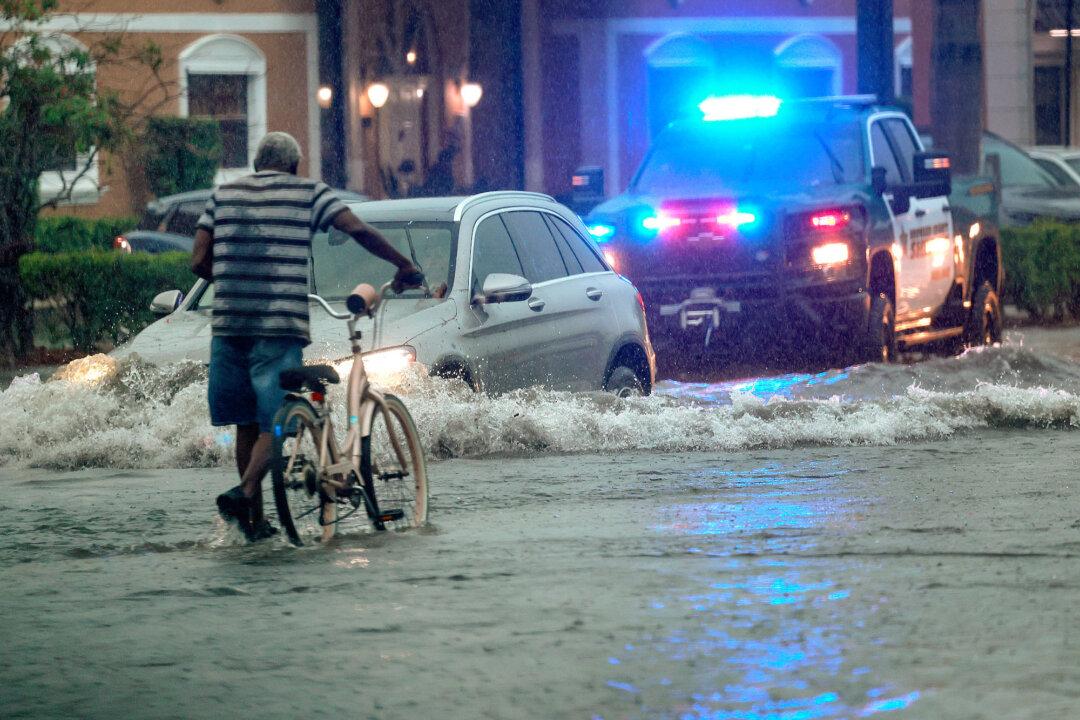Structures built or repaired with funding from the Federal Emergency Management Agency (FEMA) will have to meet new standards that take into account projected changes in water levels and other factors to stem damage from repeat flooding, the agency said.
The rules apply to new construction, improvements, and repairs funded by FEMA, as well as the relocation of buildings away from flood zones or above projected future flood zones, according to a July 10 statement.





